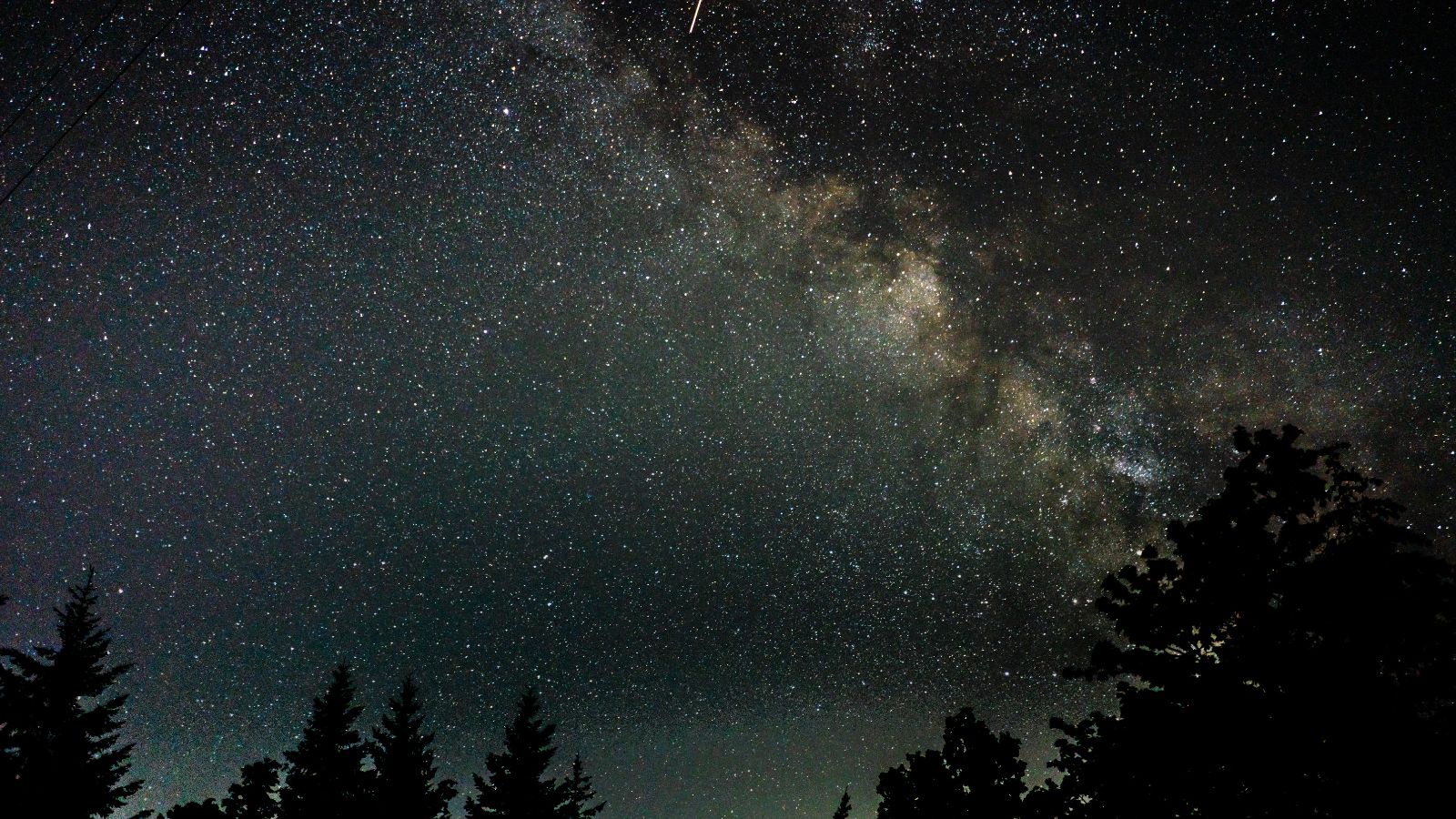Skywatchers will be treated to a visual feast this weekend. The Perseid meteor shower, one of the most well-known celestial events, occurs annually around this time. It will be visible on August 12 and 13, best viewed around dawn on August 13.
This year, however, there will be one significant exception: moonlight. Last year, there was no visible moon. The brightest meteors will be washed out by the 80 per cent lit waning gibbous moon, which will rise just before midnight on August 12 and stay high above the southern horizon until morning.
Despite the moonlight, the Perseids could still put on a splendid display. They will appear to emanate from a point of origin — known as a radiant — situated near the star Eta Persei in the constellation Perseus, which climbs high in the summer sky in the hours leading up to dawn at this time of year. Those new to stargazing can find the constellation with the help of a smartphone astronomy app, many of which use augmented reality technology to help pinpoint the exact locations of specific stars.
How to watch Perseid meteors?
The Perseid meteors can be seen from anywhere in the Northern Hemisphere. To enjoy this celestial spectacle, find a location far from city lights, as light pollution can obstruct the view. If you are struggling to find a suitable spot, you may try an interactive light pollution map using lightpollutionmap.info or darksitefinder.com/maps/world.html.
The Virtual Telescope Project’s astrophysicist Gianluca Masi provides a live feed of this eagerly awaited meteor shower.
Similar circumstances allow for the observation of the Perseid meteor shower in India. To get the most out of the show, go to a dim area away from the lights of the city. And Astrophysicist Gianluca Masi of the channel Virtual Telescope Project offers a live stream of the much-awaited meteor shower.
What is a Perseid meteor shower?
The name Perseid is believed to derive from the Perseus constellation. It peaks annually in mid-August and is considered one of the best meteor showers. Perseids, usually swift and bright, leave trails of light and colour behind them as they traverse through the night sky. It is also one of the most prolific showers, with nearly 100 meteors seen per hour. These occur during warm summer nights, providing skywatchers with the most comfortable viewing conditions.
Story continues below this ad
Since they originate from larger particles made of cometary debris, Perseids are especially well-known for their fireballs, which are larger blasts of colour and light that last longer than typical meteor streaks. These fireballs provide a clearer perspective since they are brighter.
© IE Online Media Services Pvt Ltd

